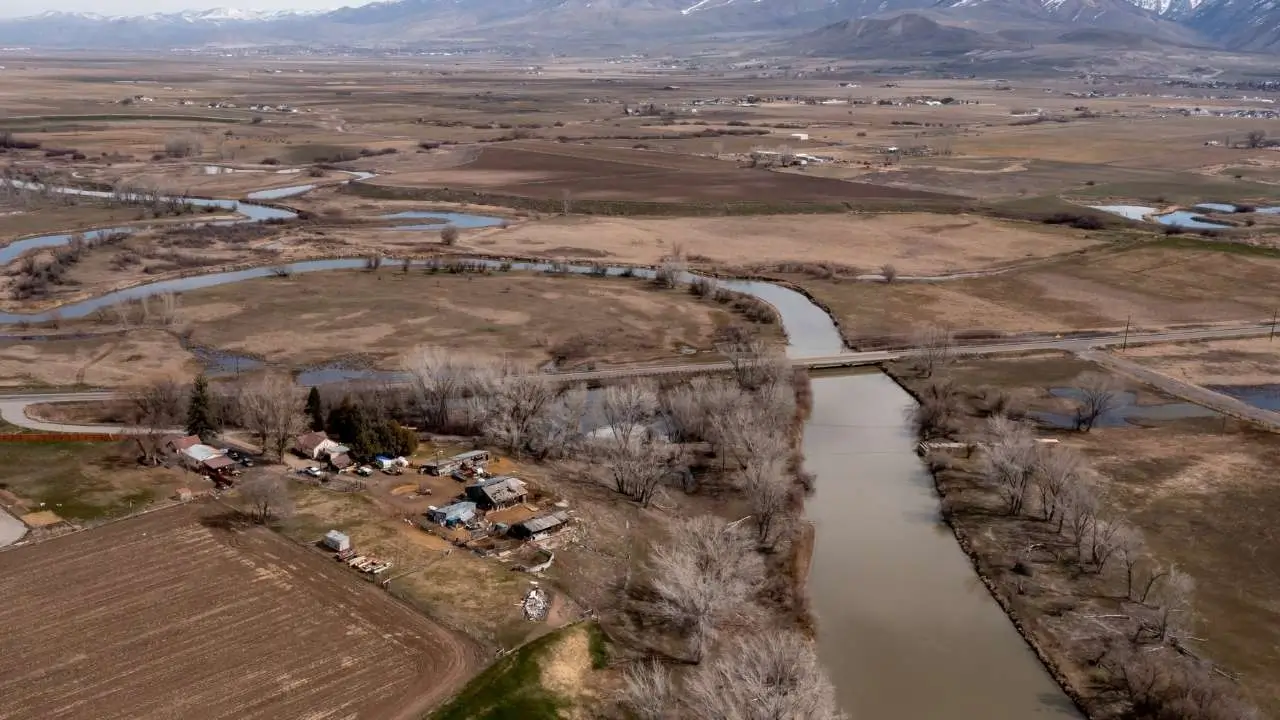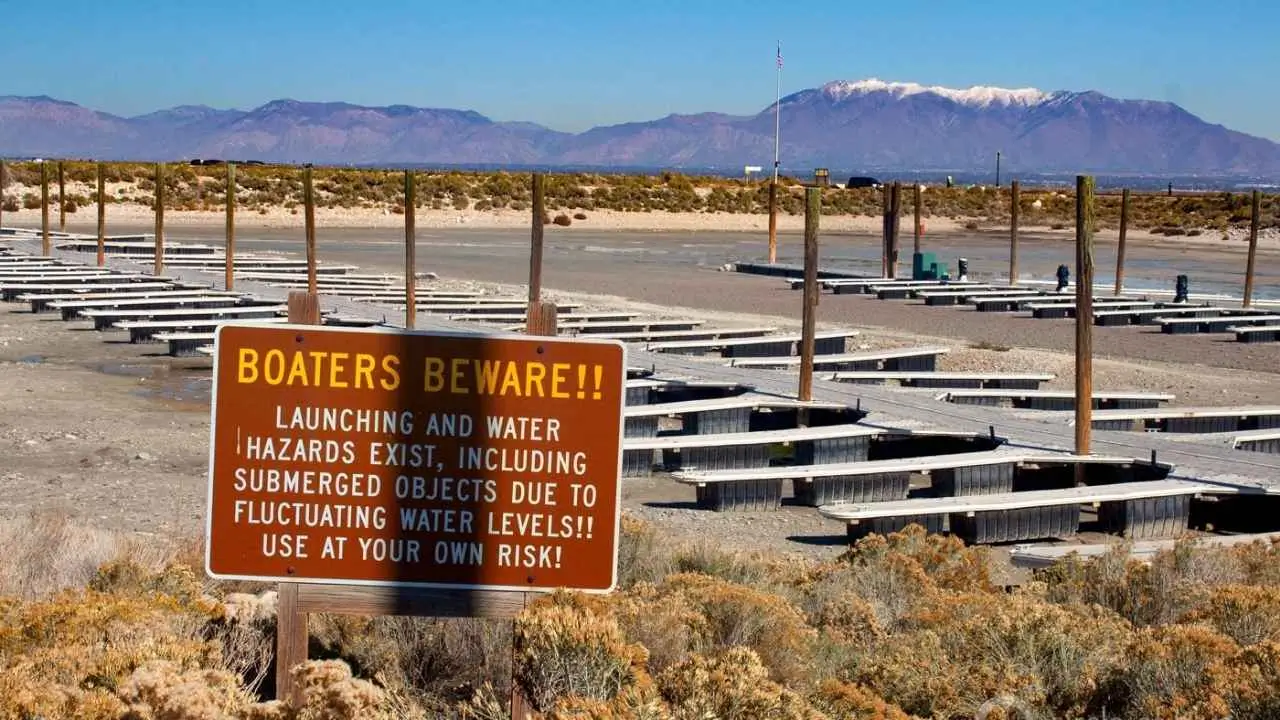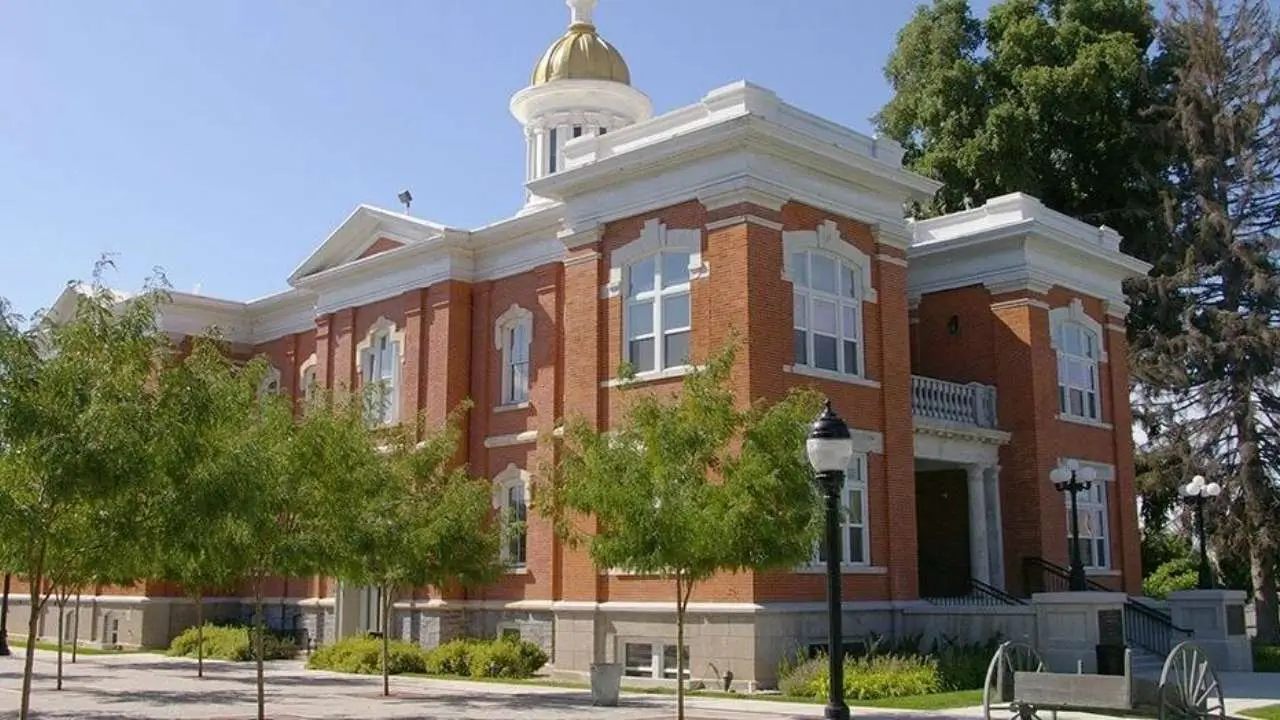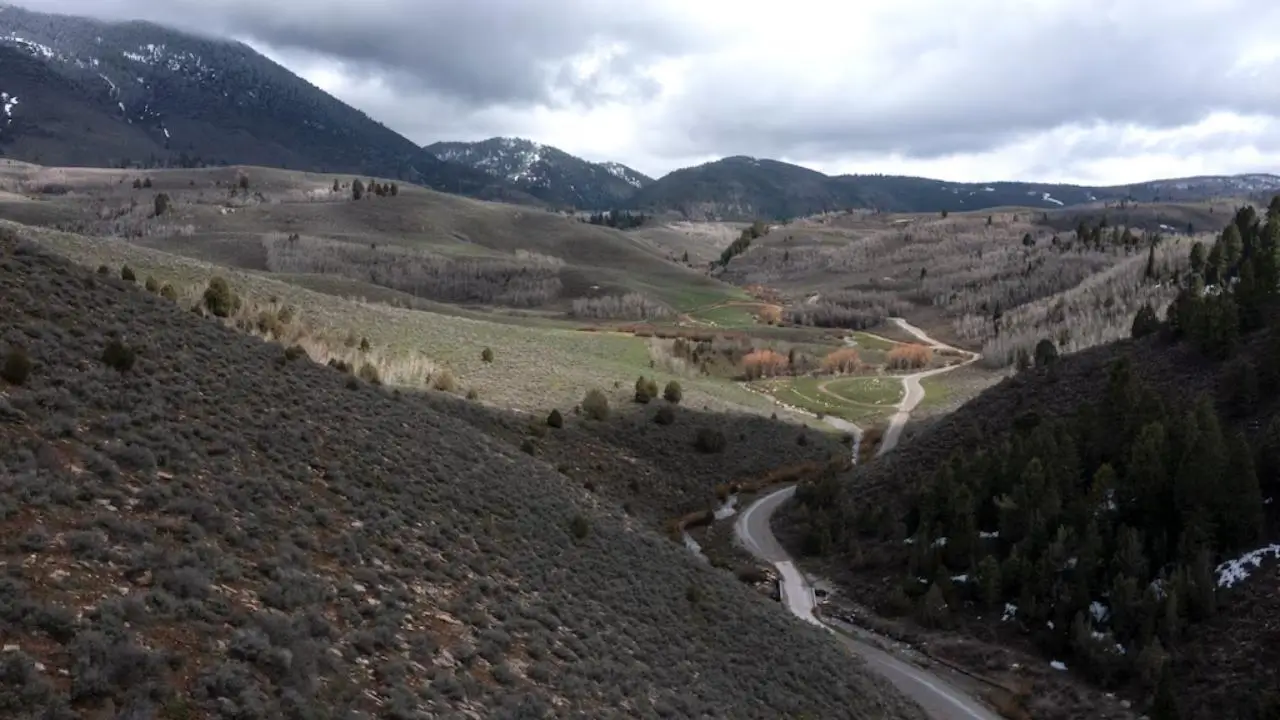Cache County, located in northern Utah, is experiencing rapid growth that brings with it both opportunities and challenges. One of the most pressing concerns tied to this growth is the future of the county’s water supply. As new residential and commercial developments spring up, demand for water is intensifying, and local resources are being stretched. The question of how to manage these resources effectively in the face of urban expansion and environmental pressures is central to ensuring Cache County’s sustainable future.
Cache County, known for its agricultural heritage and scenic beauty, is now in the midst of a transformation. Areas like Logan, Nibley, and Providence are seeing significant population growth, with new housing developments, businesses, and infrastructure reshaping the landscape. As the population increases, so too does the demand for water. This demand is compounded by environmental factors, such as drought and unpredictable weather patterns, which are making water management increasingly difficult.

Furthermore, there is a growing emphasis on recycling wastewater. Advanced wastewater treatment technologies can now purify water to a level where it can be safely reused for non-potable purposes, such as irrigation or industrial use. This helps reduce the overall demand for fresh water, particularly in areas where large developments are placing pressure on the local supply. Recycled water could also be used to irrigate parks and public spaces, reducing the amount of potable water required for landscaping.
Understanding the Water Supply Challenges in Cache County
Historically, Cache County has relied on a combination of groundwater and surface water sources, such as the Bear River and local reservoirs, to meet its water needs. These resources have served the region well for years, supporting agriculture, industry, and the population. However, with the recent surge in development, these water sources are beginning to show signs of strain. The county’s ability to provide water to its growing population is becoming a critical issue that requires immediate attention.
Current water supplies are vulnerable to several factors, including seasonal shortages, droughts, and long-term climate change. Cache County, like much of the western United States, has faced periods of drought in recent years, which have affected the availability of surface water. When water levels in reservoirs drop, the county must rely more heavily on groundwater, which, while abundant, is not an infinite resource. Groundwater levels are also subject to decline over time if they are over-extracted faster than they can be naturally replenished.
In addition to the pressures from increasing demand and drought, Cache County faces another challenge: aging infrastructure. Much of the water delivery infrastructure in the county, including pipelines and treatment facilities, was built decades ago and is no longer sufficient to meet the needs of a modern, growing population. The combination of outdated infrastructure and increasing demand could lead to inefficiencies, water losses, and increased costs for both residents and local governments.
The Role of New Developments in Water Demand
New developments in Cache County are a primary driver of increased water demand. As more people move into the area, new homes, apartments, schools, and businesses require water to function. According to local authorities, the expansion of residential neighborhoods is the largest contributor to increased water use. For instance, large housing projects in southern Logan and other parts of the county are adding hundreds of new homes, each requiring significant amounts of water for landscaping, daily consumption, and sanitation.
One area where developers are focusing on sustainability is water-efficient building practices. Many new developments are incorporating low-water-use landscaping, efficient irrigation systems, and water-saving plumbing fixtures. These measures help reduce the overall water footprint of individual homes and businesses. However, these efforts alone are not enough to offset the broader strain on the county’s water resources.
Some developers are also considering alternative water sources, such as greywater recycling systems, to reduce demand on the county’s primary water supply. These systems reuse water from sinks, showers, and washing machines for irrigation or other non-potable uses. Although still relatively rare, these systems are expected to become more common as developers seek ways to mitigate the impact of new developments on the local water supply.
Despite these initiatives, the overall growth in development is likely to outstrip the ability of current water resources to keep up. Without additional investments in infrastructure and more comprehensive water management strategies, the county may soon face a water supply crisis.
Environmental Challenges: Drought and Climate Change
One of the most significant environmental challenges Cache County faces is the threat of drought. The county’s reliance on surface water, particularly snowmelt from the Bear River and surrounding mountains, makes it especially vulnerable to changes in precipitation patterns. In recent years, the region has experienced drought conditions, which have reduced the flow of water in local rivers and streams. These fluctuations in water availability, caused by both seasonal weather patterns and longer-term climate change, have highlighted the need for better water storage and conservation strategies.
Water availability in Cache County is directly tied to the amount of snow that falls in the mountains each winter. In years with below-average snowfall, the amount of water stored in reservoirs is reduced, leading to water shortages during the warmer months. Climate change is expected to exacerbate this problem, as rising temperatures lead to more erratic snowfall and earlier snowmelt. This shift in the timing and amount of available water will make it even harder for the county to manage its water supply in the future.
Drought conditions also impact the region’s agriculture, which is a significant part of the local economy. Farmers depend on reliable water supplies to irrigate crops such as alfalfa, wheat, and corn. Water shortages can lead to crop losses, reduced yields, and increased costs for farmers. As the population grows and urban development increases, agricultural land is being replaced with housing and commercial buildings, further reducing the amount of land available for water-intensive farming.
The Cost of Connection: Who Pays for New Roads, Water Lines, and Power in New Subdivisions?
Strategies for Sustainable Water Management
To address the challenges of growing water demand and environmental stress, Cache County is exploring a range of solutions. One of the most critical areas of focus is improving water storage capacity. New reservoirs and water treatment plants could help the county capture and store more water during wetter years, ensuring that it is available during periods of drought. This would provide a buffer against the effects of seasonal variability and ensure a more consistent water supply for both residents and businesses.
Water conservation is another key strategy. The county is working to encourage residents to use water more efficiently by promoting low-water-use landscaping, reducing water waste, and offering incentives for water-saving devices like efficient faucets and toilets. Public education campaigns have also been launched to raise awareness about the importance of water conservation, especially during the summer months when demand is highest.

















